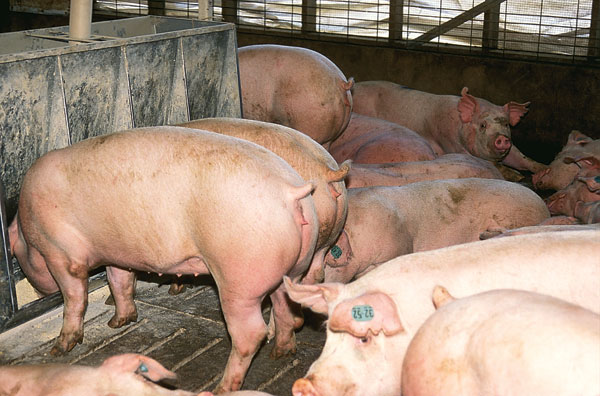May 29, 2012

I recently attended a conference where there was considerable discussion about the variation between farms and production companies in cost of production. A common thought among attendees was that the variation in cost of production has been reduced as current technologies, such as genetics and housing, have been widely adopted and the industry consolidated. It would be logical to assume that the high-cost operations have left the industry – either closed or absorbed into another system and updated.
But through our discussions, we came to a different conclusion. The variation in cost of production is probably wider today than it’s ever been. A driver of this change is the increase in input costs, primarily related to the cost of feed, but also includes increases in building, energy and labor costs. These higher input costs have impacted operations differently, mostly driven by the variation in production efficiencies that exist. In short, the farms that have more efficiently utilized the resources available to them have widened the gap in overall cost of production.
Although there are many examples of escalating production costs, the biggest driver continues to be feed. In the past decade, feed costs have more than doubled on a cost-per-ton basis. When you consider that a 10% improvement in feed conversion on a 280-lb. live hog will save 80 lb. of feed. That’s a savings of $5.00/head when feed costs $125/ton feed, but the savings climbs to $11.00/head when feed costs rise to $275/ton.
There is a long list of production drivers that affect feed conversion, including genetics, feed processing, pig health, feeder settings, building temperature, and the list goes on. Each deserves your attention as your strive to trim your cost of production.
Never-Ending Challenge
In reality, every producer knows that efforts to improve production efficiency must be on-going. I believe we may need to rethink our priorities based on a long-term outlook of input costs. Clearly, higher input costs will continue to push the never-ending need to improve production.
The levels of production that some farms are able to attain never cease to amaze me, whether it is measured by pigs/sow/year, low mortality rates, improved growth rates, feed conversion or other key performance indicators.
If we are to compete in a global marketplace, it is evident that we will have to continue to find ways to utilize resources more efficiently. Producers have faced extreme challenges – and they will face them again. But over the years, they have consistently made great strides to improve animal care, environmental stewardship and food safety.
You May Also Like



